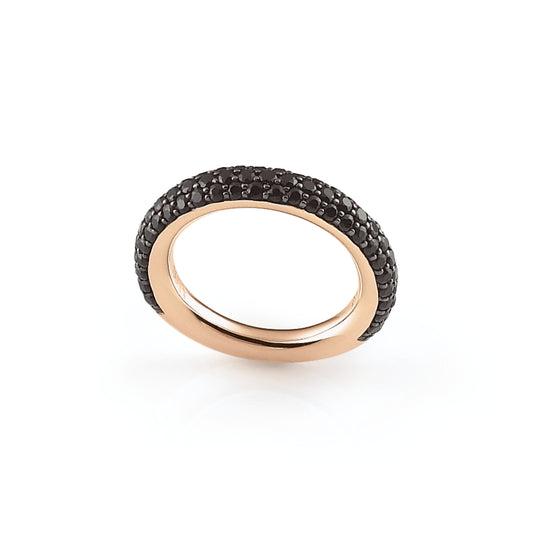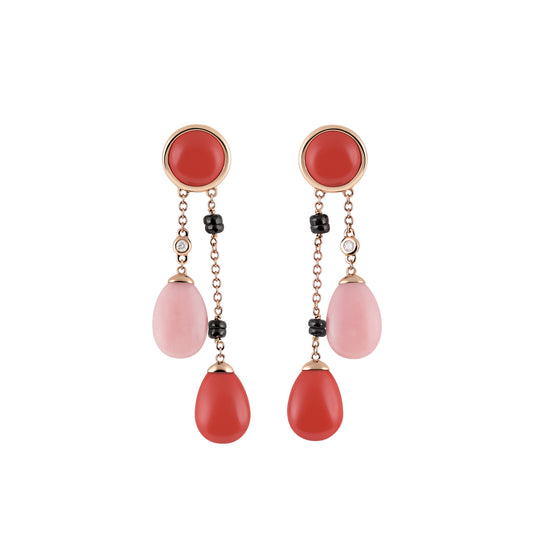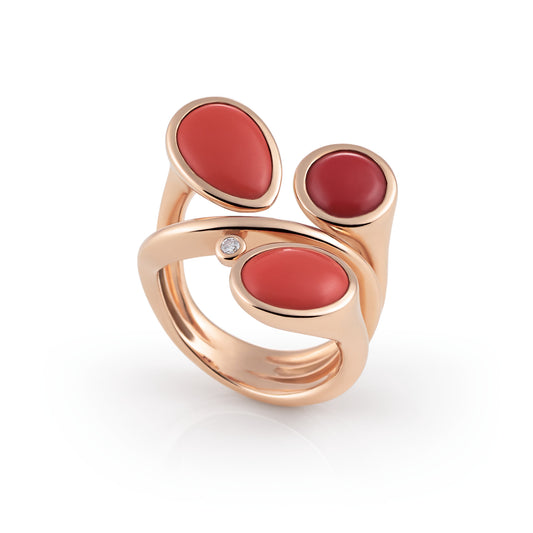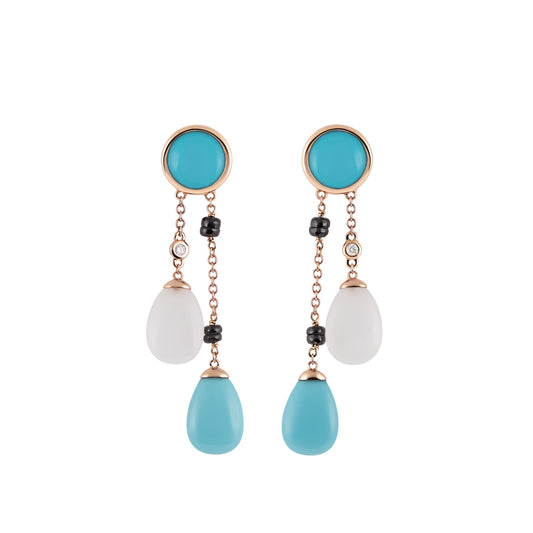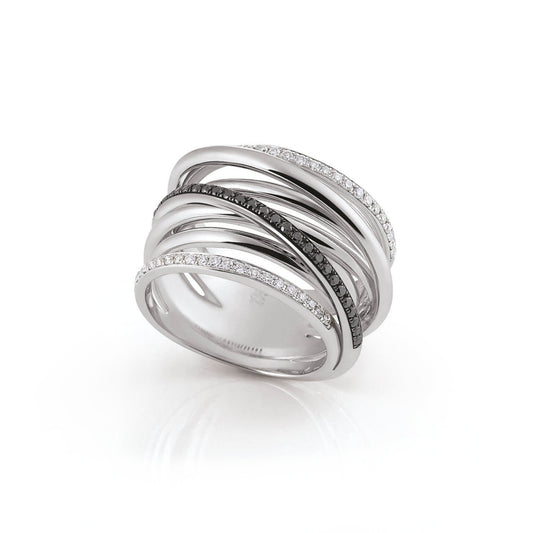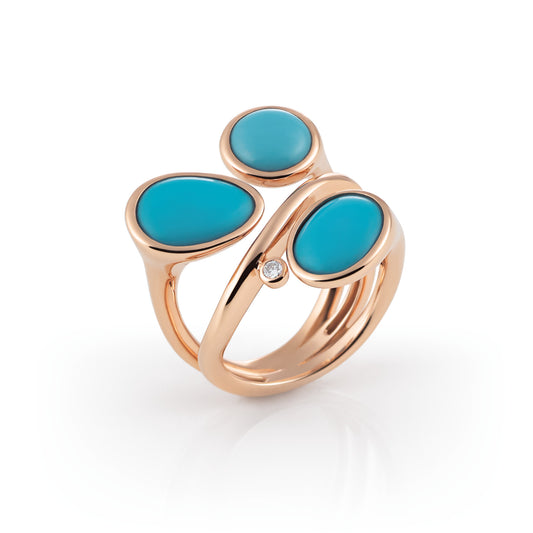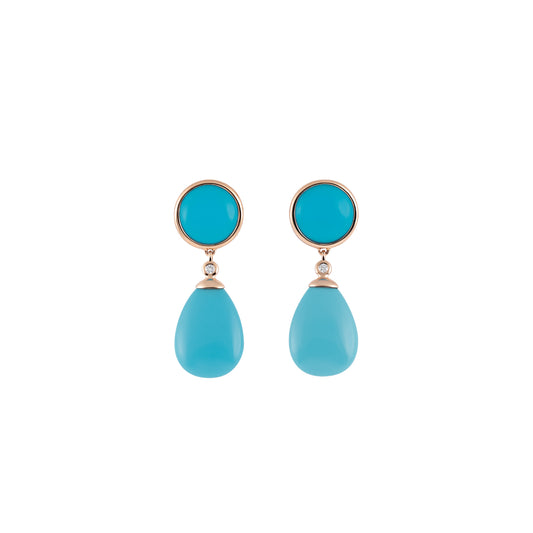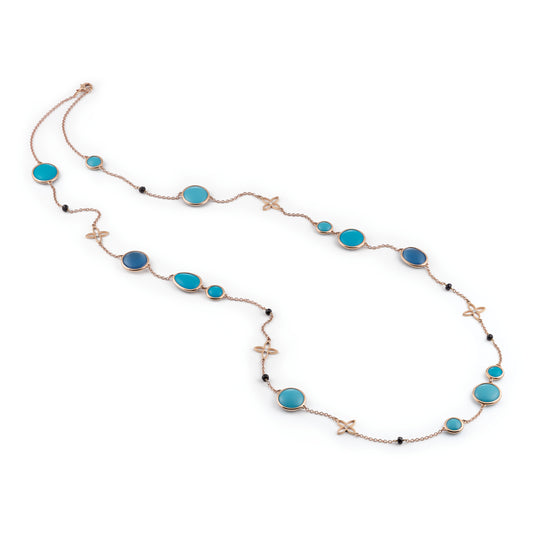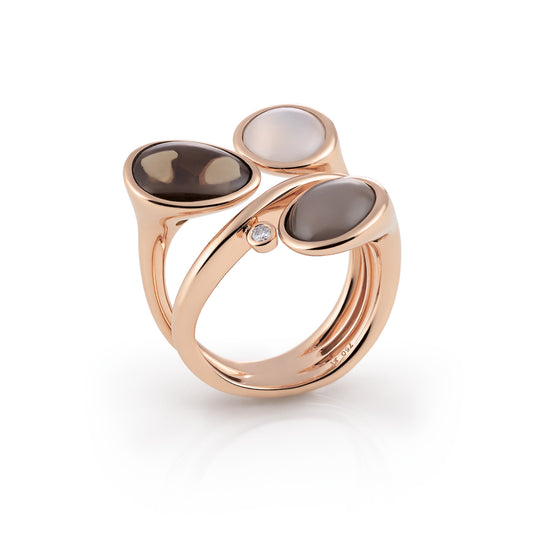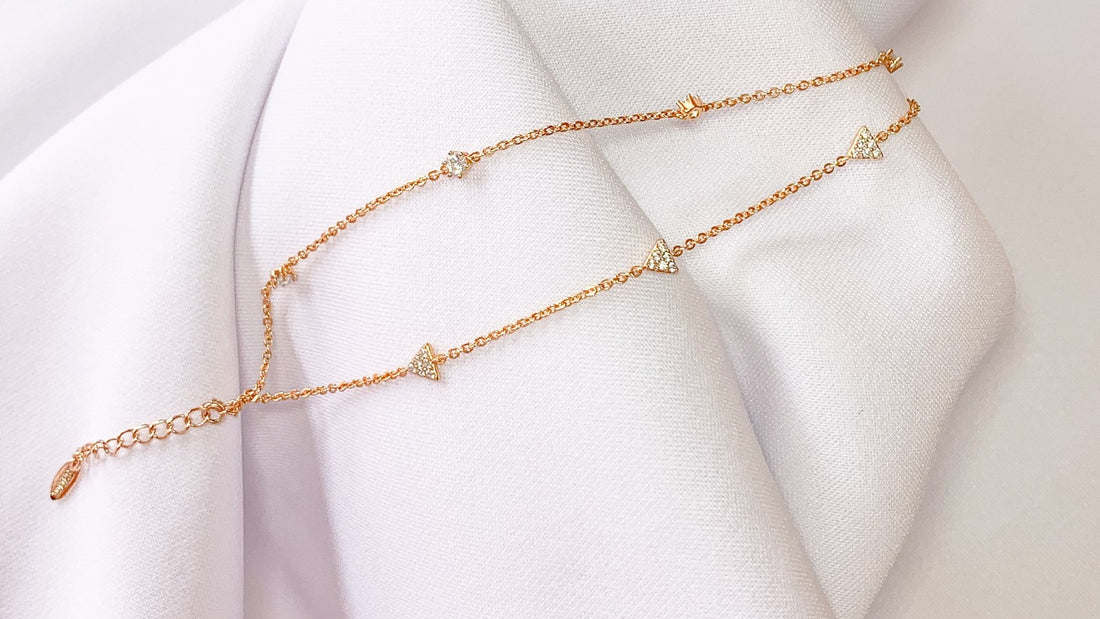
How do I recognize real gold?
Identifying real gold is a valuable skill that has always been of great importance. Gold, as a beautiful and valuable precious metal, exerts a strong attraction, which often leads to the proliferation of counterfeit gold. As jewelers and goldsmiths with a long tradition, we naturally know many methods and techniques for determining the authenticity of gold.
- Hallmarks and stamps
- Shine and color
- Density of gold
- Magnetic testing
- Abrasion test
- Water test
- Test at your jeweler
- Comparisons and tests
Hallmarks and stamps
Real gold is usually stamped with hallmarks indicating its purity. For example, the "24K" stamp stands for 24 karat, the highest purity . Other commonly used stamps include "18K," "14K," and "9K." Here are some specific labels:
- 375 : 37.5% gold (9 carat)
- 585 : 58.5% gold (14 carat)
- 750 : 75% gold (18 carat)
- 916 : 91.6% gold (22 carats)
- 999 : 99.9% pure gold (24 carat or fine gold)
Pay attention to the quality of the stamping and compare it with known genuine stamps to avoid counterfeits.
Shine and color
Real gold has a characteristic, bright yellow color and an intense luster that's difficult to imitate. Fake gold or gold-plated items often lose their luster quickly, which can be an indicator of their inauthenticity.
Density of gold
Gold has a higher density than many other metals. You can test this by comparing the weight of the gold to an equal volume of water. If the gold is heavier than the water and displaces it, it's probably real. However, this method is less accurate than other tests and should ideally be performed by a professional.
Note that other metals may have similar densities, which may lead to misinterpretation.
Magnetic testing
Gold is not magnetic . If you hold a magnet to gold and it doesn't attract you, it's probably real. But be careful: Other non-magnetic metals, like platinum, also don't react to magnets. Therefore, magnetic testing is n't a foolproof test .

The abrasion test
Gold is a soft metal and will wear over time. You can make a small scratch in an inconspicuous area to see if a different color appears underneath. If so, it's probably fake gold.
Although this method is reliable, it can damage the jewelry and should therefore be used with caution .
Gold testing at home using water displacement
Gold has a unique density, which is reflected in the amount of water it displaces. We can use this property to test the authenticity of gold at home . First, note that different gold alloys have different densities. Pure gold has a density of approximately 19g/cm³, while 14-karat gold is around 13-14g/cm³. Knowing the expected fineness is therefore beneficial.
How the water test works
- Weigh the piece of gold to be tested (example: 50 grams).
- Fill a container with a millimeter scale with water and note the initial level.
- Immerse the gold piece in the water and measure the rise in the water level (example: 5 millimeters).
- Calculate the density using the formula: mass / volume change
In our example: 50g / 5cm³ = 10g/cm³ - Compare the result with the known density values for gold.
Interpretation: A calculated density of 10g/cm³, as in our example, suggests that it is not pure gold. It could be an alloy with a high proportion of other metals.
This method only provides a rough estimate and is no substitute for professional testing. Use additional methods or compare the gold you're testing with a piece you know is authentic. Also pay attention to differences in color, luster, and other characteristics. However, if you want to be on the safe side, it's best to consult an expert.
Archimedes' water test
Archimedes' water test also produces very precise results at home. To illustrate this, let's go back to ancient Greece, long before the gold rush. The King of Syracuse (now in Sicily) had a crown made of pure gold but doubted its authenticity. So he asked the mathematician Archimedes to test the crown.
Archimedes focused on the high density of gold; for the same weight, gold has a smaller volume than other metals. He weighed the crown and a piece of pure gold of the same weight. Then he placed both in a container of water and noticed that the gold piece sank faster.
Since it had a larger volume for the same weight and was therefore more buoyant in water than the pure gold piece, it was proven that the crown also contained less dense metals.
Have the gold appraised by an expert
For absolute certainty, you should have the gold tested by a jeweler, goldsmith , or precious metals expert. These professionals have the right experience and the tools to conduct precise tests and can give you a definitive assessment of the authenticity and value of your gold. The best way to do this is to contact us directly or visit our store on Roseneck.
Advanced testing by experts
Experts use advanced methods such as spectroscopy and X-ray fluorescence to determine the authenticity of gold. These tests are more accurate than simple methods and can provide detailed information about the gold's composition.
To reliably test the authenticity of gold, it's best to visit a jeweler . They can determine authenticity using an acid test, which shouldn't be done at home. In the acid test, nitric acid is applied to the gold. If the acid doesn't produce a color reaction, then it's real gold. Alloys under 8 karat are generally not considered gold, meaning any alloy with a minimum gold content of 33% or more.
Contact us and have your gold tested by us.
Accuracy of the tests

It's important to note that not all tests are equally accurate. The tests listed above are therefore intended as an indication. For a definitive assessment, advanced methods developed by experts are definitely preferable.
Buy gold only from reputable and reliable sources. Ask for certification or a guarantee of authenticity .
With this information, you are well equipped to recognize real gold and protect yourself from counterfeits.

